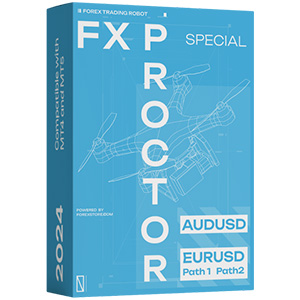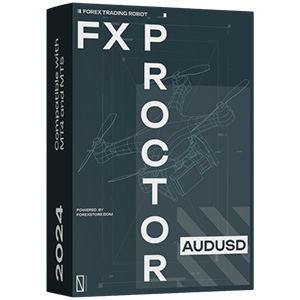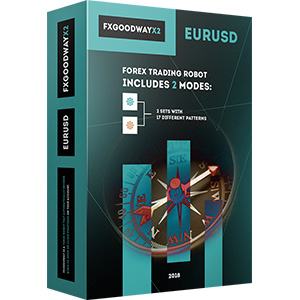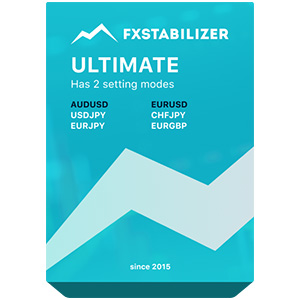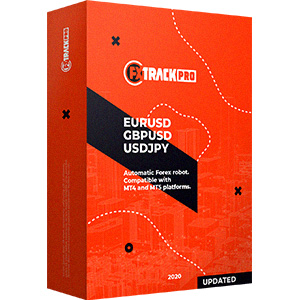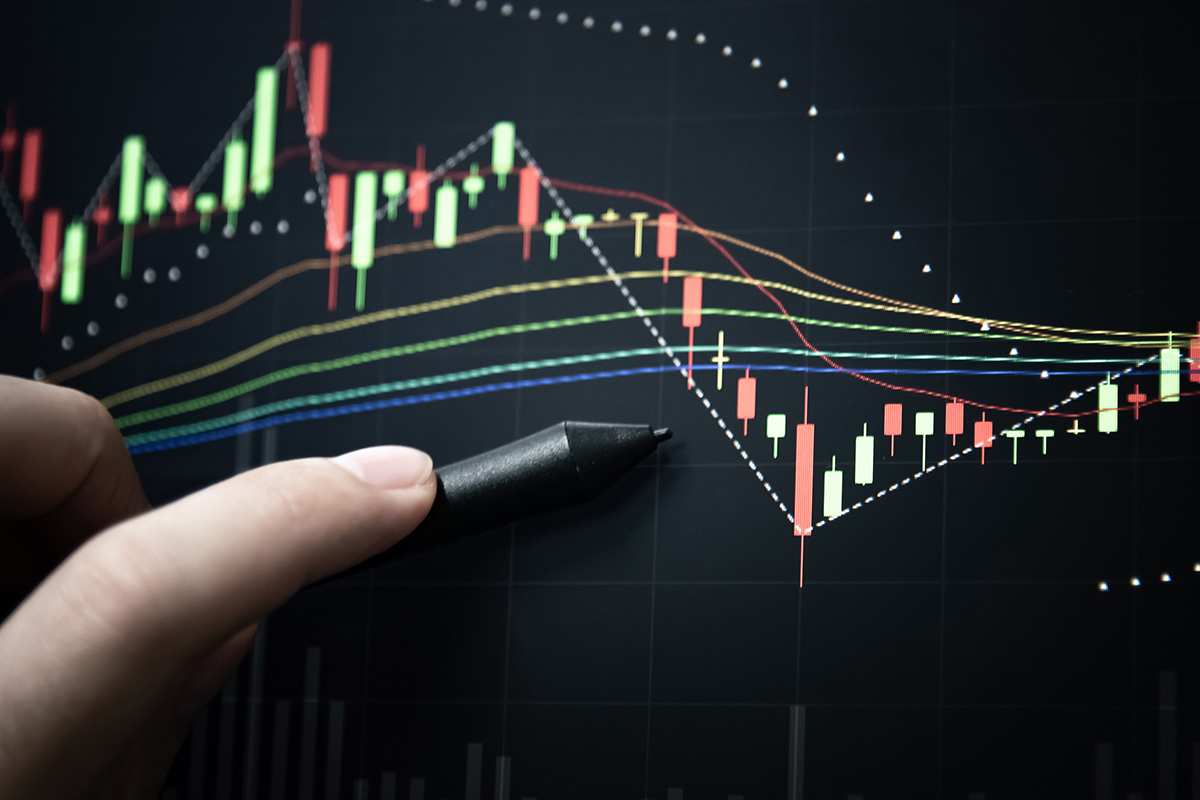
Japanese candlestick charts are a very convenient way to represent price movements. They provide a lot of details for analysis and prediction. Today, most traders use these graphic patterns to enter the market, close the position, set stop-loss orders, and for many other reasons. Their simplicity made them a notable part of Forex's technical analysis.
In this article, you’ll learn how to read these charts, their history, and the most popular patterns. Understanding Japanese candlesticks will make your decisions more efficient and fast. In the end, you will get tips for everyday use of Japanese candle patterns.
History of Japanese candlestick charts
There are several ways to display price movements on a chart. Over the last decades, Japanese candlesticks have become the most common way to do it. They are both simple and versatile. But how did they come to the trading industry?
The history of Japanese candlesticks began long before Forex. Japanese traders used this method to represent prices for rice in the XVIII century. They were invented by a man Munehisa Homma. He was born to a family of rice traders. After the death of his father, Munehisa Homma received control of the family capital and began to think about how to use it effectively.
The merchant studied rice prices taking into account the entire history of rice trade in Osaka. He analyzed price changes and psychological factors that influenced traders. A deep understanding of trading made Munehisa a very successful rice trader. Over time, he became a financial advisor.
Subsequently, he created a method that is called today Japanese candlestick patterns. It took quite a long time for them to reach the Western markets and become a part of Forex's technical analysis. It happened after the publication of Steve Nison’s book in 1991. The method appeared to be more descriptive than habitual bars and lines. Now, trading Japanese candlesticks is a normal practice for every trader.
Understanding Japanese candlestick patterns
To understand Japan candlestick patterns, it is important to be familiar with its basic elements. So, you have to pay attention to the color (usually green or red), body size, wicks, and location. Here is what they mean:
- The color indicates what kind of candle it is. There can be bullish (green or white) and bearish (red or black) candlesticks.
- The body size shows the distance between the open and close price. Also, it is important to mention that bullish candles are directed upward, while bull candles move down.
- Wicks show the high and low. Their length can give information on sellers’ and buyers’ behavior.
- The location of a certain candle can say a lot about future price changes. Often, prominent Forex Japanese candlestick patterns signal trend reversals and occur at the bottom of a downtrend or the top of a bull trend.
These elements can give a lot of information about the market's movement. Below, we will explore in detail one-candle patterns. Some patterns consist of two, three, and even more candles. If you use them together with other tech indicators, you get a real chance to boost your profits.
Common Japanese candlestick patterns
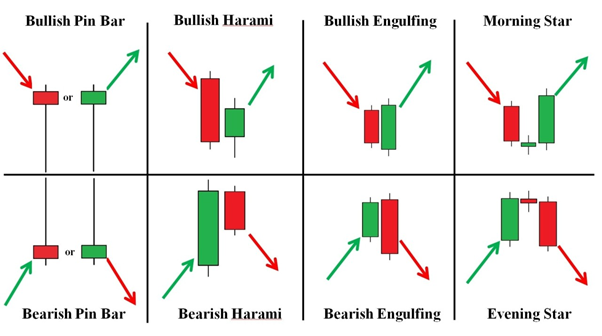
Surprisingly, the Japanese candlestick pattern collection includes dozens of different shapes and combinations. Let’s make a closer acquaintance with the most well-known candles:
- Marubozu. The main distinguishing characteristic of this candle is the absence of shadows. It consists only of the body and can be bullish or bearish. The shape indicates that there is no price movement beyond the close and open price.
- Doji. The body of the candle is almost absent. It is represented only by a horizontal line. Opening and closing prices are equal. There can be some modifications to this pattern, such as Dragonfly or Gravestone. The first has a long lower wick, and the second has a shadow above the body.
- Spinning top. It is very similar to Doji, but the candle still has a narrow body. Long shadows represent that a trading range on the market is quite big.
- Hammer and Hanged Man. They have the same shape but are located in different places. A hammer occurs on the bottom of the downtrend. It signals about upcoming bullish trend. A hanged man, conversely, is located on the top of the bull curve.
- Engulfing pattern. It can be both bullish and bearish. It is formed by two Japanese candle sticks and indicates a trend reversal. The first candle is smaller and fully fits within the body of the second part of the pattern. In this case, traders say that the candle engulfs its predecessor.
- Harami. It is opposite to the previous pattern by its shape. The first candle is significantly bigger than the next one. However, the meaning is the same. If you see a harami on the bearish trend, it is a bullish harami, and it gives a strong signal to the turning of the price curve.
- The evening star. One more breakout pattern that indicates the trend reversal. It occurs on the top of an uptrend and is considered a bearish pattern. Its twin has a mirrored shape and occurs on the bottom. A bullish type is called a morning star.
- Three white soldiers is another bullish pattern that signals a reversal. It also often indicates the continuation of an upcoming trend. The pattern consists of three big green (or white) candles, each of which opens and closes higher than the previous one. The opposite pattern is called three black crows.
Each mentioned pattern may have modifications. There are also more complicated combinations that are quite difficult to notice at a glance. These common shapes are enough to start analyzing Japanese candlestick Forex.For a comprehensive understanding of the Japanese candlestick patterns cheat sheet, consider reading our article titled “16 Most Common Forex Candlestick Patterns”. Later, with gaining experience, this process will become almost automatic.
Applying Japanese candlestick patterns in Forex trading
Japanese candlesticks are a great tool for technical analysis. They have no competitors among other graphical representation methods.
Candlestick bodies, their shadows, and locations, if analyzed simultaneously, give a clear and holistic picture of the market behavior. Every candle is individual, but we can distinguish several basic principles that can be applied in Japanese candlestick trading:
- Long bodies with short wicks are typically the foundation for building a new trend. They signify the domination of buyers over sellers or, conversely, sellers over buyers. Often, the longest candlestick bodies are located at the beginning and end of a trend. If the order was opened on the trend, the appearance of long-bodied elements is a signal to close the deal.
- Candles with short bodies and long wicks often form when a trend reverses. The bigger this ratio, the stronger the signal. For example, a hammer and hanged man should have a wick at least five times longer than a body. This peculiarity represents a tension between bulls and bears.
- Small-sized candlesticks often appear during side trends. At this moment, you can consider setting stop-loss levels.
Tips for using Japanese candlestick patterns effectively
When you don't know how to read Japanese candlesticks, it will immediately seem that you need to keep a lot of information in your head (visual candlestick patterns, colors, sizes, combinations, etc.). In fact, everything is not so difficult. With experience, you will learn to see how the market behaves.
However, beginners often need some momentum or advice to start trading skillfully and profitably. Here are a few tips that you can apply right now:
- Use software advisors, for example, the best Forex robots. They will not only improve your strategy at once but also teach you to make better decisions.
- When analyzing Japanese candles, use the Fibonacci grid on the chart. This indicator makes understanding the Japanese candlesticks patterns much easier.
- Check different timeframes. No matter your strategy, try to be aware of intraday, daily, and weekly charts when making a decision.
- Practice with a demo account if you’re not confident in your comprehension.
The last but the most important advice: the market is unpredictable. You can’t make an errorless forecast of its behavior. However, learning Japanese candle patterns and utilizing them with other indicators can greatly increase your odds.
The Bottom Line
The Candlestick chart is a great invention of Japanese merchants. Over time, it became the best method for depicting Forex market movements. Trading Japanese candlesticks can give you great insights and make your strategy more efficient. Still, you can’t rely solely on them. It is always recommended to use a set of techniques and indicators. So, learn basic one-candle and two-candle patterns, practice on a demo account, and start your professional trading journey!

